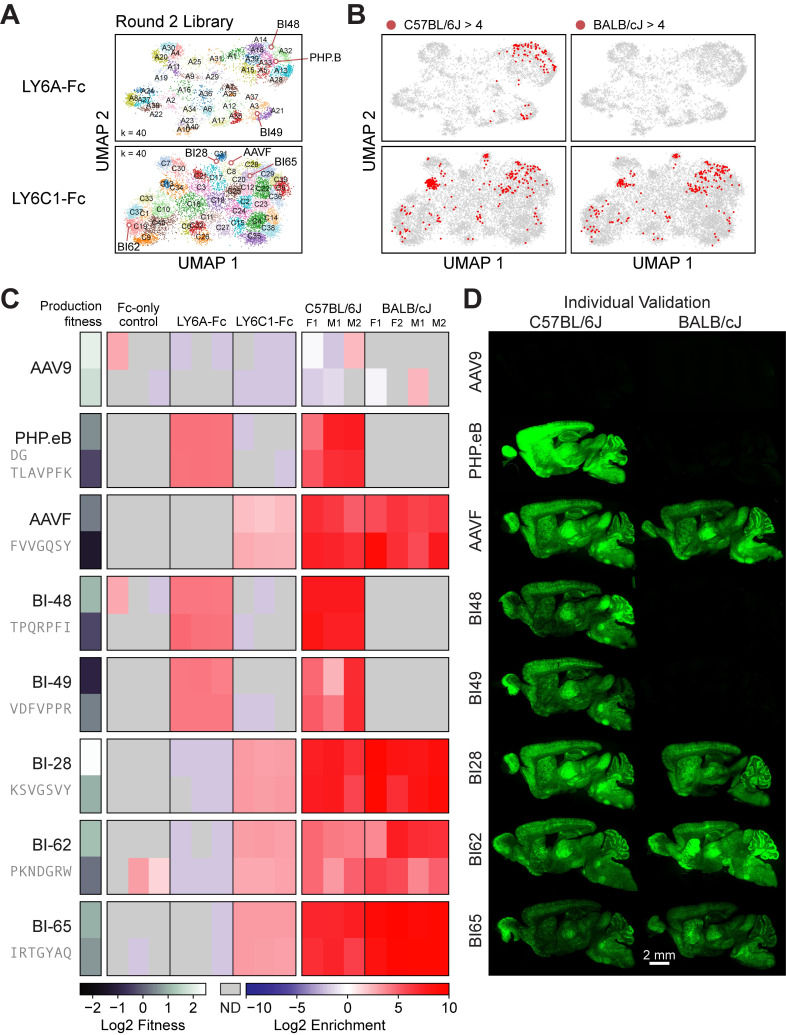Fig 3. LY6A- and LY6C1-binding capsids identified in the pull-down assays cross the mouse BBB.
(A) The UMAPs of Round 2 library variants are shown projected onto the UMAPs of Round 1 variants. Variant sequences were clustered with K-means (LY6A, k = 25; LY6C1, k = 30) (see cluster summaries in S10 Data). (B) The Round 2 variants with an in vivo brain transduction log2 enrichment of > 4 in C57BL/6J mice (left) and BALB/cJ mice (right) are marked in red. (C) The Round 2 in vivo screen results for the reference capsids and 5 Round 2 variants selected for individual characterization are shown. Each variant is represented by two 7-mer AA replicates indicated by separate rows. ND = not detected. (D) Representative brain images are shown for the capsids in (C) that were individually tested in C57BL/6J mice (left) and BALB/cJ mice (right). The underlying data supporting Fig 3A and 3B can be found at https://doi.org/10.5281/zenodo.7689794: round2_codons_merged.csv; Fig 3C at https://doi.org/10.5281/zenodo.7689794: round2_codons_separate.csv. AA, amino acid; BBB, blood–brain barrier.

